Home>Gardening & Outdoor>Pool & Spa Care>What To Use To Lower Alkalinity In Hot Tub
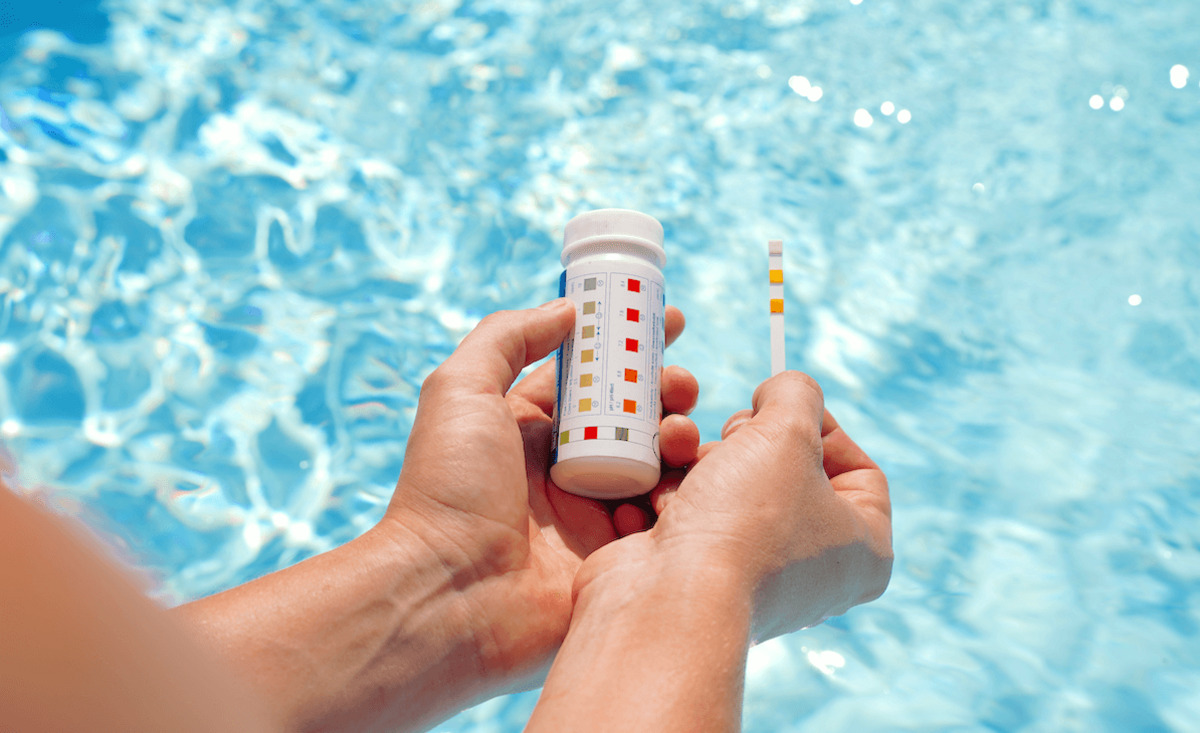

Pool & Spa Care
What To Use To Lower Alkalinity In Hot Tub
Published: December 29, 2023
Looking to lower the alkalinity in your hot tub? Discover effective pool and spa care products to achieve the perfect balance. Reach optimal water conditions with our expert tips.
(Many of the links in this article redirect to a specific reviewed product. Your purchase of these products through affiliate links helps to generate commission for Storables.com, at no extra cost. Learn more)
**
Introduction
**
Maintaining the perfect balance of chemicals in your hot tub is essential for ensuring a safe and enjoyable soaking experience. One crucial aspect of water chemistry management is alkalinity. In this comprehensive guide, we will delve into the nuances of alkalinity in hot tubs, explore the methods for testing and adjusting alkalinity levels, and provide valuable insights into the use of specific chemicals to lower alkalinity. By the end of this article, you will be equipped with the knowledge to effectively manage the alkalinity in your hot tub, ensuring optimal water quality and a relaxing soak every time.
Key Takeaways:
- Regularly test and adjust alkalinity levels in your hot tub to maintain safe and comfortable soaking. Use muriatic acid or sodium bisulfate carefully to lower alkalinity and ensure balanced water chemistry.
- Understanding alkalinity and its impact on water quality is essential for a relaxing hot tub experience. Test and adjust alkalinity levels gradually and safely using muriatic acid or sodium bisulfate for optimal results.
Understanding Alkalinity in Hot Tubs
Alkalinity refers to the water’s ability to resist changes in pH. In the context of hot tubs, maintaining the appropriate alkalinity level is crucial for several reasons. Firstly, it acts as a buffer, preventing rapid pH fluctuations that can lead to discomfort for bathers and potential damage to the hot tub components. Additionally, alkalinity works in conjunction with pH to stabilize the water, ensuring that the sanitizers and other chemicals function effectively.
When the alkalinity level in a hot tub is too high, it can lead to cloudy water, scale formation, and reduced effectiveness of chlorine or bromine. On the other hand, low alkalinity can result in corrosive water, which may damage the hot tub’s equipment and irritate the skin and eyes of bathers.
Understanding the ideal alkalinity range for hot tubs is essential. The recommended range typically falls between 80 and 120 parts per million (ppm). This range provides the necessary buffer to maintain pH stability while optimizing the performance of other water treatment chemicals.
By comprehending the role of alkalinity and its impact on water quality and bather comfort, hot tub owners can prioritize its maintenance as a fundamental aspect of their routine care and maintenance regimen.
Testing Alkalinity Levels
Regular testing of alkalinity levels is a fundamental aspect of hot tub maintenance. Testing kits are readily available and provide a convenient means of monitoring alkalinity levels. The testing process involves obtaining a water sample from the hot tub and using the testing kit to assess the alkalinity level.
Most testing kits utilize colorimetric analysis, where a color change indicates the alkalinity level. The results are typically expressed in parts per million (ppm). This simple yet crucial test allows hot tub owners to gauge the alkalinity level and make informed decisions regarding any necessary adjustments.
It is advisable to test the alkalinity levels at least once a week, especially when the hot tub is frequently used. Additionally, testing should be conducted following the addition of any new water or chemicals to ensure that the alkalinity remains within the recommended range.
By regularly monitoring alkalinity levels, hot tub owners can proactively address any deviations from the ideal range, thereby maintaining water quality and the overall integrity of the hot tub system.
Methods to Lower Alkalinity
When the alkalinity level in a hot tub exceeds the recommended range, it becomes necessary to lower it to maintain balanced water chemistry. Several effective methods can be employed to achieve this, ensuring optimal water quality and a comfortable bathing environment.
One common method to lower alkalinity involves the use of either muriatic acid or sodium bisulfate. Both options are effective in reducing alkalinity levels, and the choice between them often depends on personal preference and specific considerations related to the hot tub’s existing chemical balance.
It’s important to note that when adjusting alkalinity, it should be done gradually to avoid drastic fluctuations that could impact the overall water chemistry. Careful monitoring and incremental adjustments are key to achieving the desired alkalinity level without causing undue stress on the hot tub system.
Furthermore, maintaining proper filtration and circulation during the alkalinity adjustment process is essential to ensure that the chemicals are evenly distributed throughout the water, promoting uniform results.
By understanding and implementing these methods, hot tub owners can effectively manage alkalinity levels, contributing to a consistently enjoyable and safe bathing experience.
To lower alkalinity in a hot tub, you can use a pH decreaser or muriatic acid. Follow the manufacturer’s instructions and test the water regularly to ensure the alkalinity stays balanced.
Using Muriatic Acid
Muriatic acid, also known as hydrochloric acid, is a potent chemical often utilized to lower alkalinity in hot tubs. It is essential to exercise caution and follow proper safety protocols when handling muriatic acid due to its corrosive nature. Protective gear, including gloves and goggles, should be worn, and the acid should be added to water rather than the reverse to minimize the risk of splashing and ensure safe dilution.
Prior to adding muriatic acid to the hot tub, it is crucial to test the current alkalinity level to determine the appropriate dosage. The goal is to gradually lower the alkalinity within the recommended range while avoiding excessive reduction that could lead to pH instability.
When adding muriatic acid, it should be poured slowly and evenly around the perimeter of the hot tub, allowing for thorough dispersion. Following the addition of muriatic acid, the water should be circulated for at least 30 minutes to ensure proper mixing and distribution of the chemical.
It is important to retest the alkalinity after a few hours to assess the impact of the muriatic acid and make any necessary adjustments. If additional lowering is required, the process can be repeated in small increments until the desired alkalinity level is achieved.
By exercising care and attentiveness when using muriatic acid to lower alkalinity, hot tub owners can effectively maintain the water chemistry, promoting a safe and comfortable environment for relaxation and enjoyment.
Adding Sodium Bisulfate
Sodium bisulfate, also known as dry acid, is another viable option for lowering alkalinity in hot tubs. This chemical is available in granular form and is relatively easy to handle and apply. When using sodium bisulfate, it is important to carefully follow the manufacturer’s instructions regarding dosage and application.
Prior to adding sodium bisulfate, it is essential to test the current alkalinity level to determine the appropriate amount required for adjustment. As with muriatic acid, gradual reduction is key to avoiding drastic fluctuations in water chemistry.
When adding sodium bisulfate to the hot tub, it should be pre-dissolved in a bucket of water to ensure even distribution throughout the tub. This pre-dissolution step helps prevent the granules from settling on the hot tub’s surfaces, potentially causing damage or staining.
Once the sodium bisulfate is fully dissolved, the solution can be poured into the hot tub, and the water should be circulated to facilitate thorough mixing. After allowing the chemical to disperse and interact with the water for a period of time, the alkalinity level should be retested to evaluate the effectiveness of the adjustment.
If further reduction is necessary, additional small doses of sodium bisulfate can be added, followed by retesting and monitoring. By employing this method, hot tub owners can effectively manage alkalinity levels, contributing to a balanced and comfortable soaking experience.
Conclusion
Managing the alkalinity of your hot tub is a crucial aspect of maintaining a safe, comfortable, and enjoyable soaking experience. By understanding the role of alkalinity, regularly testing its levels, and employing effective methods to lower it when necessary, hot tub owners can ensure optimal water quality and bather comfort.
Whether utilizing muriatic acid or sodium bisulfate, the key lies in careful monitoring, gradual adjustments, and thorough mixing to achieve the desired alkalinity level without causing undue stress on the hot tub system. Additionally, prioritizing safety when handling chemicals such as muriatic acid is essential to prevent accidents and ensure a secure environment for both the hot tub and its users.
By incorporating these practices into your hot tub maintenance routine, you can proactively manage alkalinity, contributing to a consistently pleasant and rejuvenating soaking experience. Regular testing, attentive adjustments, and a keen understanding of water chemistry will empower you to maintain a well-balanced hot tub, providing a haven for relaxation and enjoyment.
With the knowledge gained from this guide, you are equipped to navigate the intricacies of alkalinity management in your hot tub, fostering an environment that promotes wellness and tranquility with every soak.
Frequently Asked Questions about What To Use To Lower Alkalinity In Hot Tub
Was this page helpful?
At Storables.com, we guarantee accurate and reliable information. Our content, validated by Expert Board Contributors, is crafted following stringent Editorial Policies. We're committed to providing you with well-researched, expert-backed insights for all your informational needs.
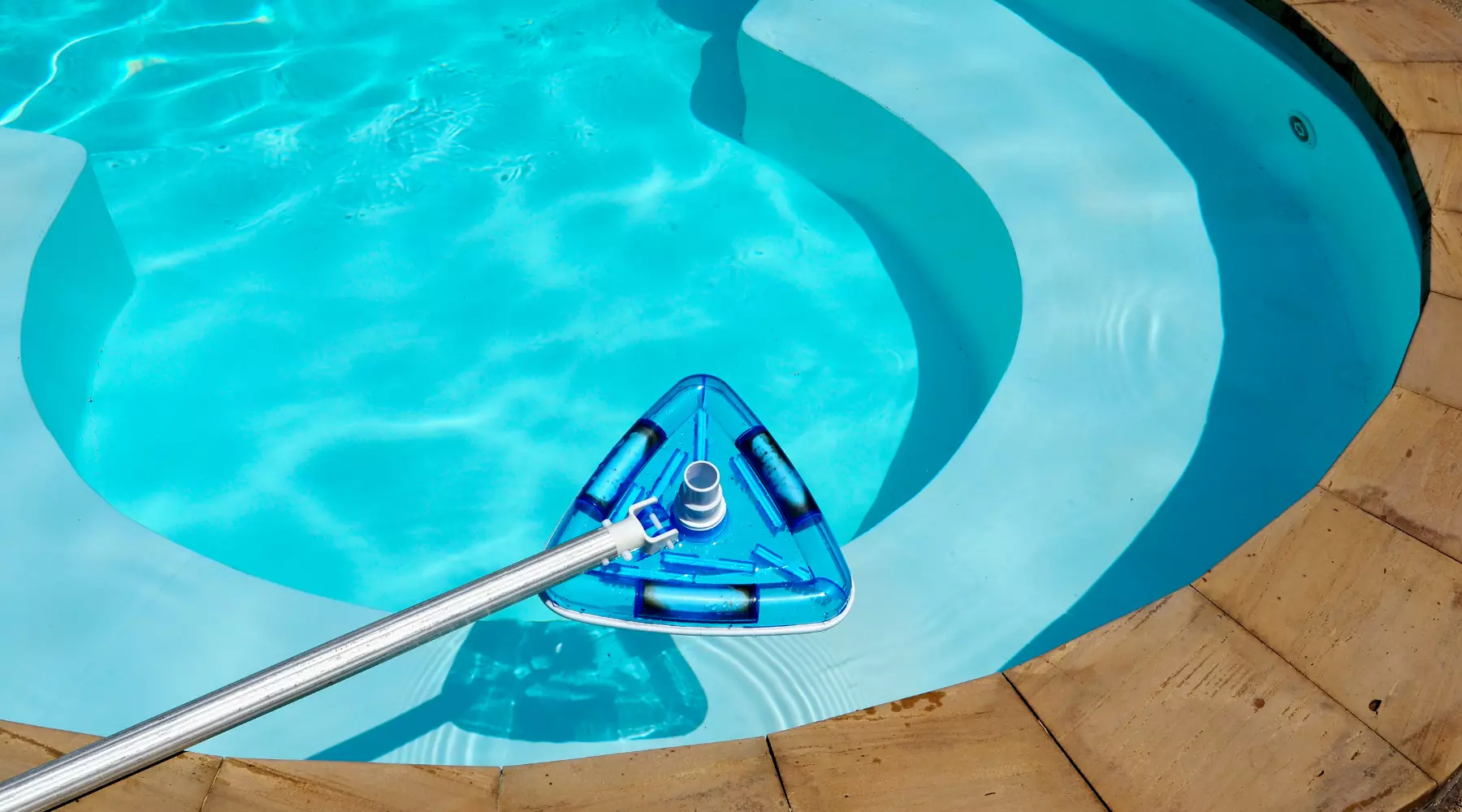
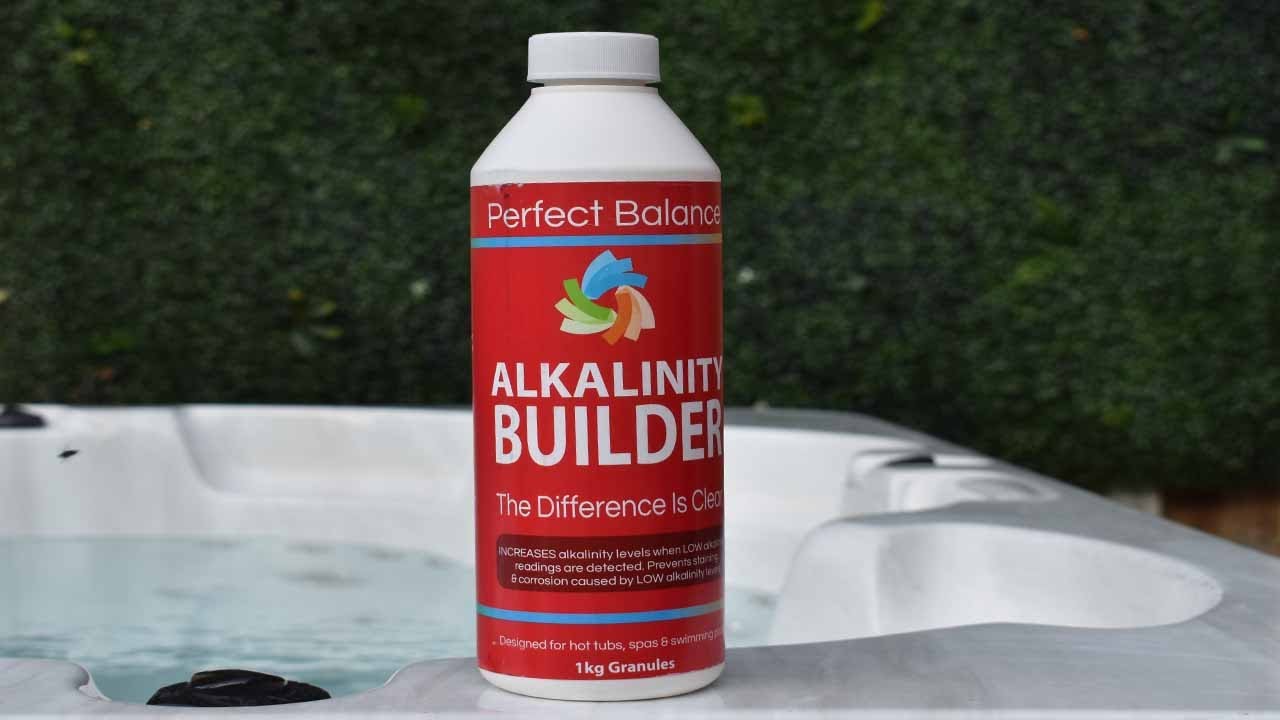
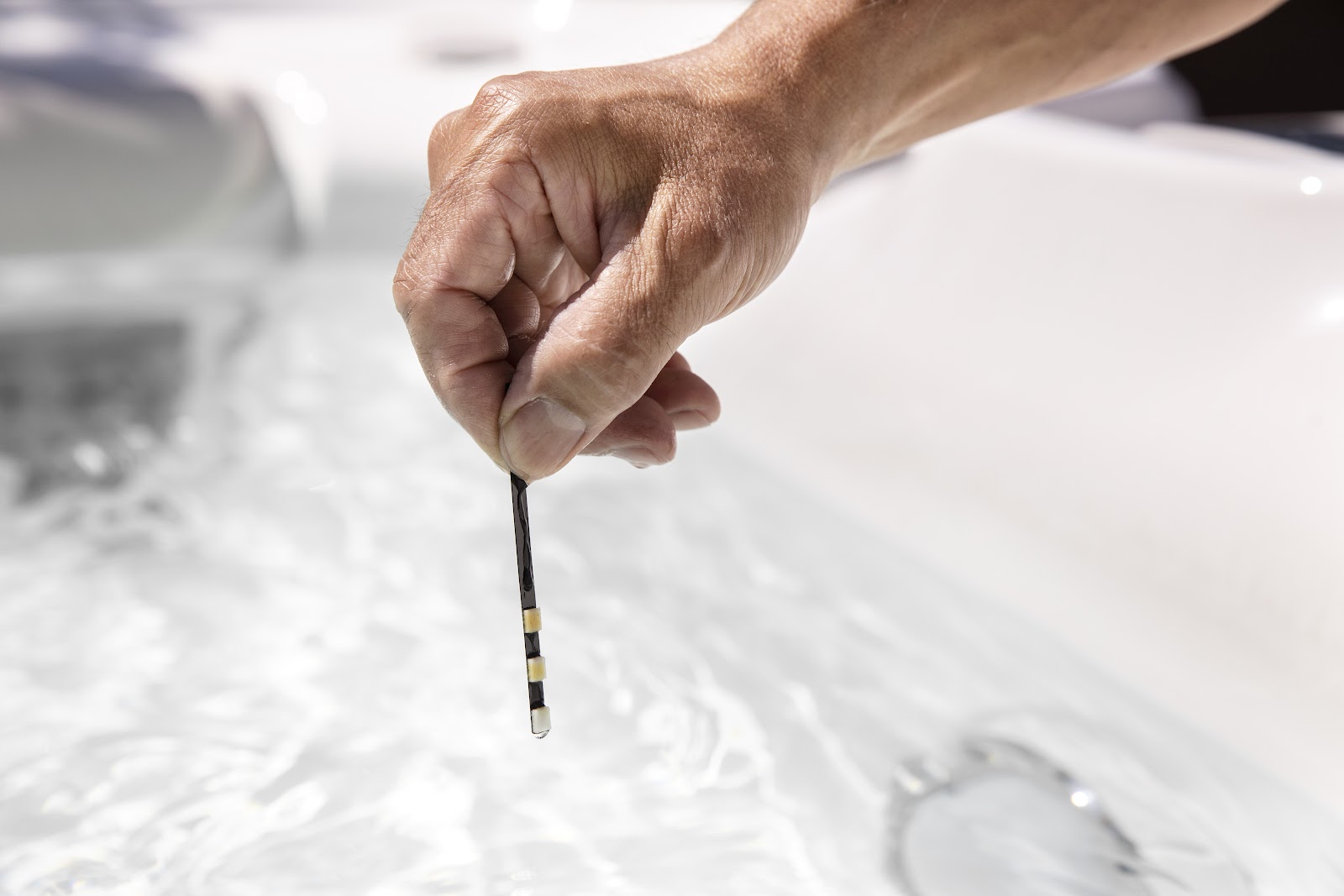
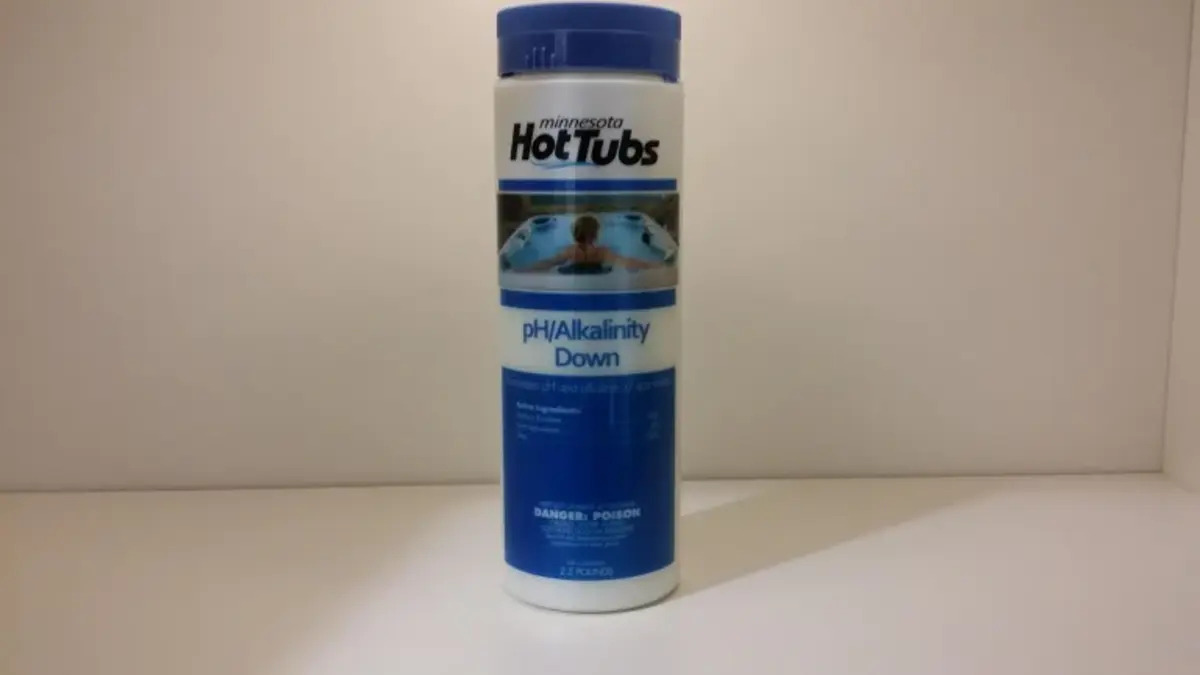

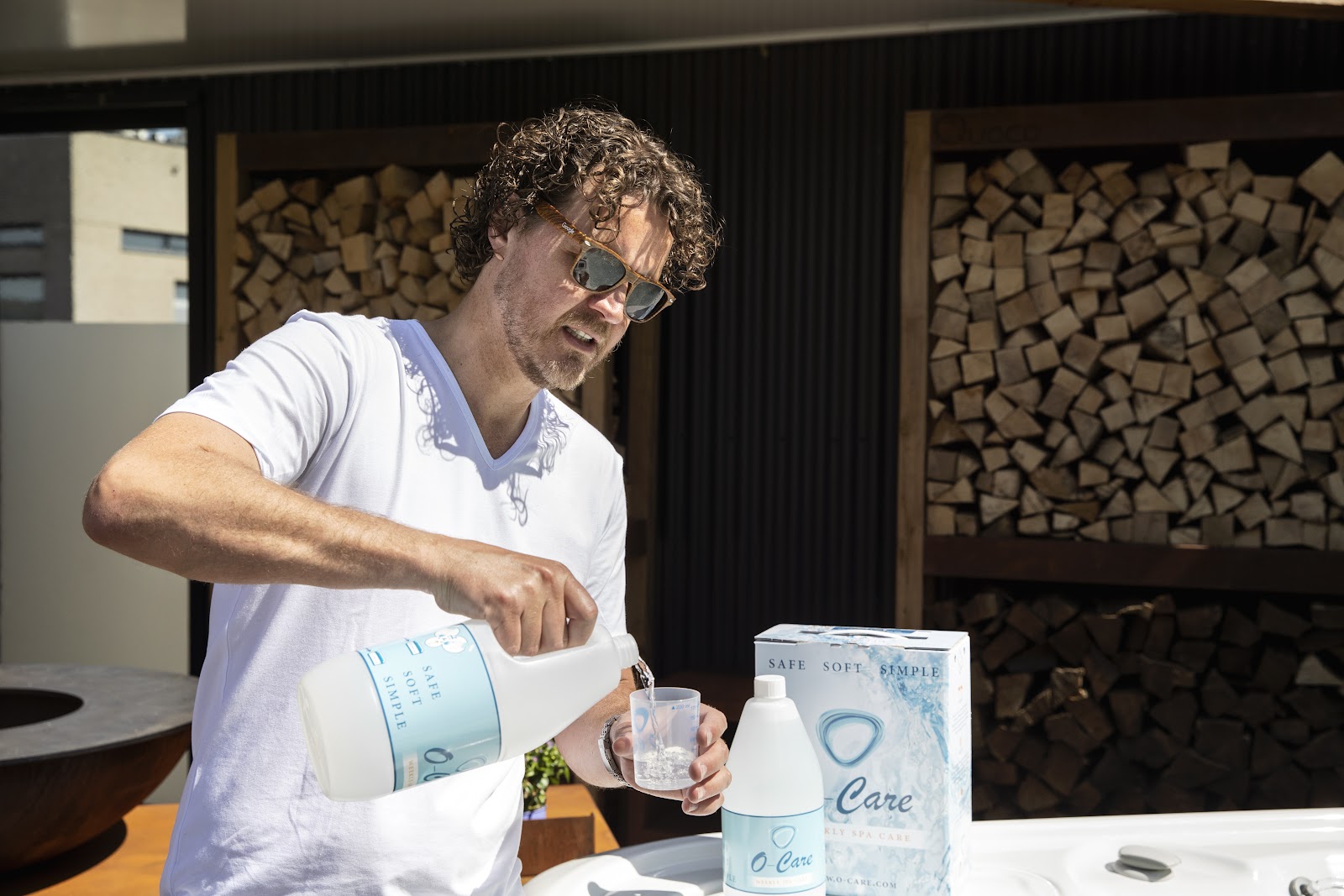
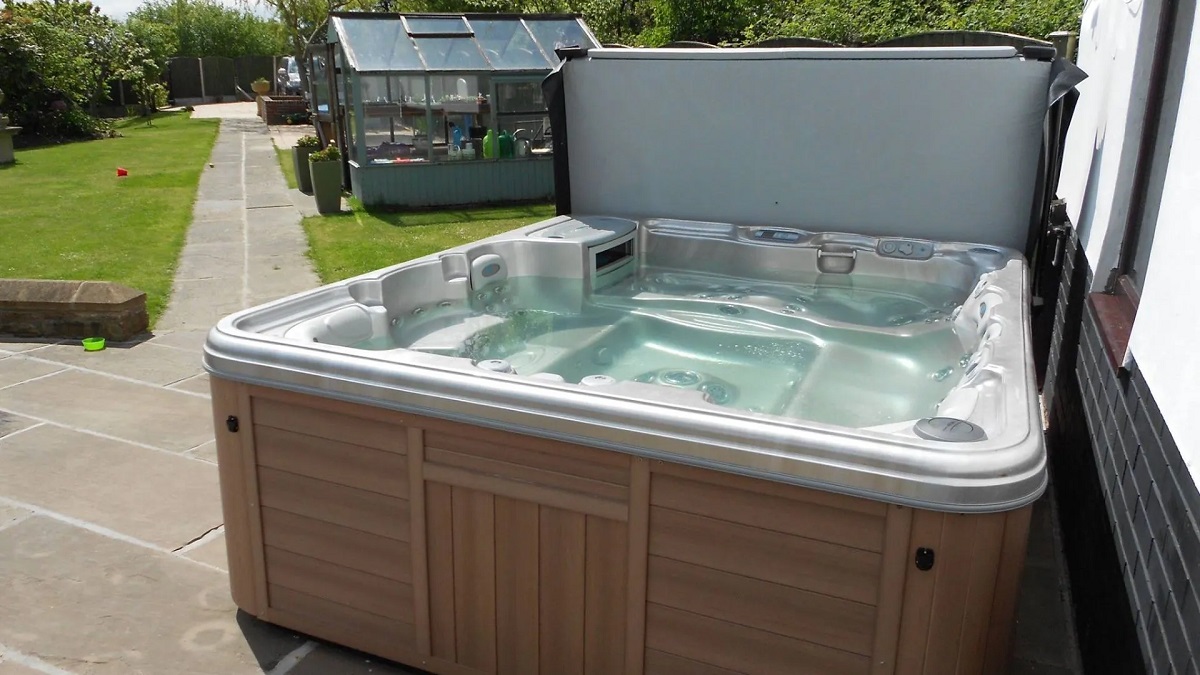
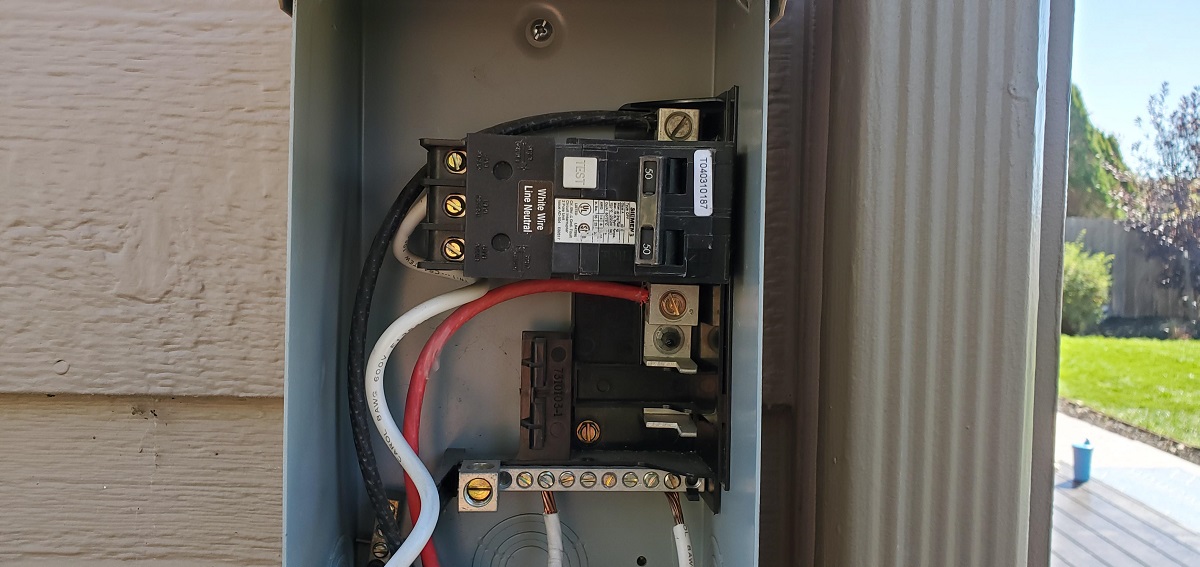
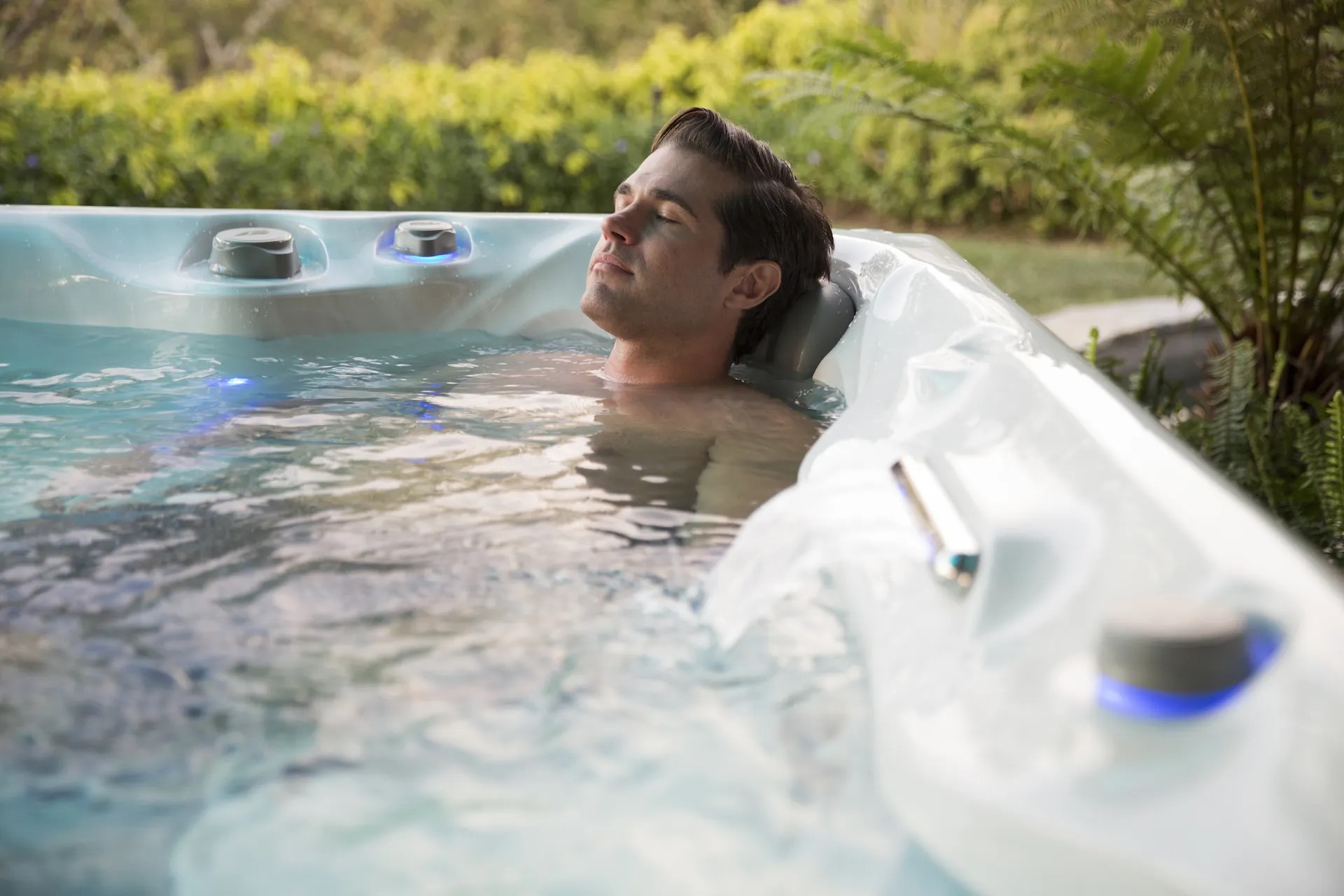
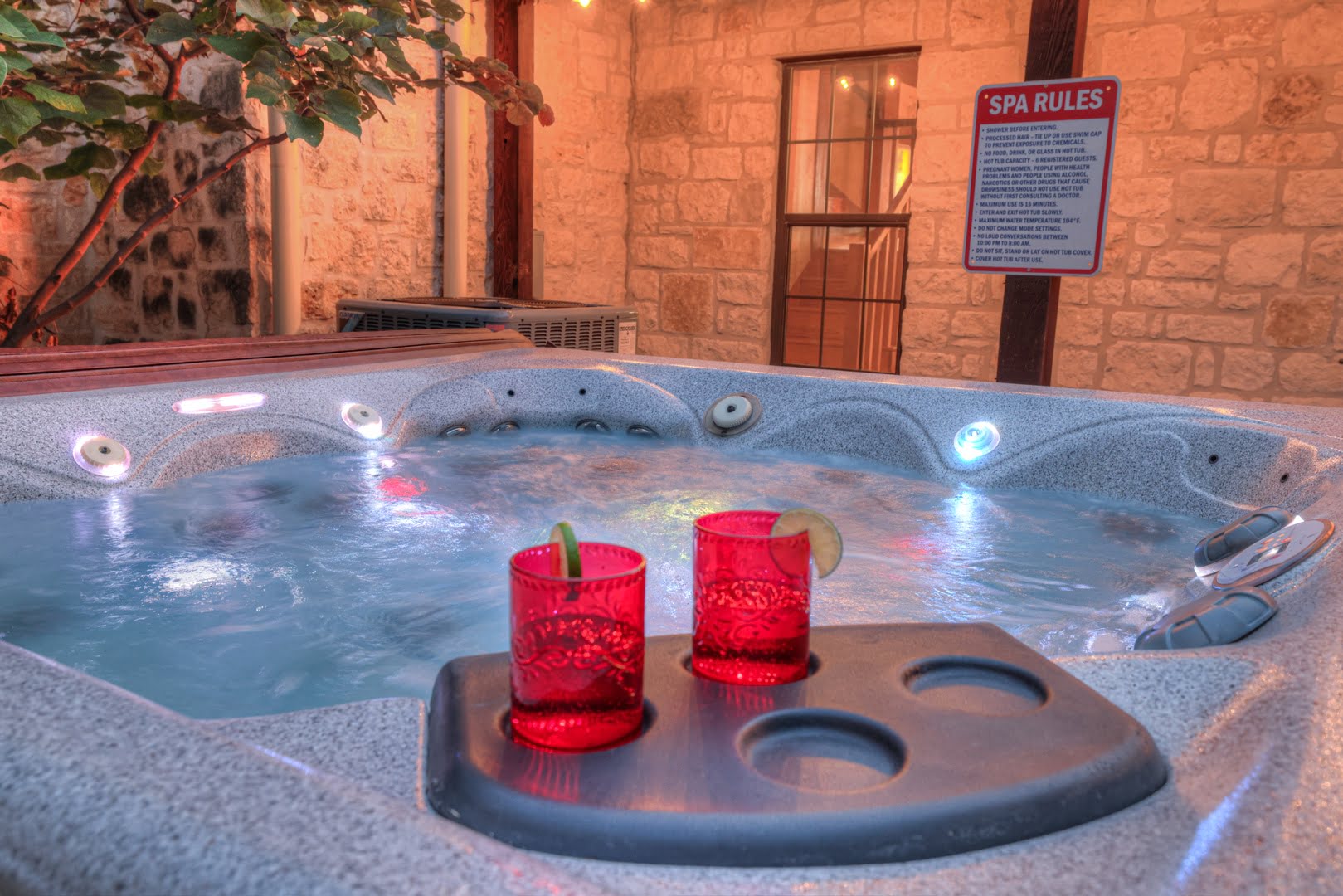
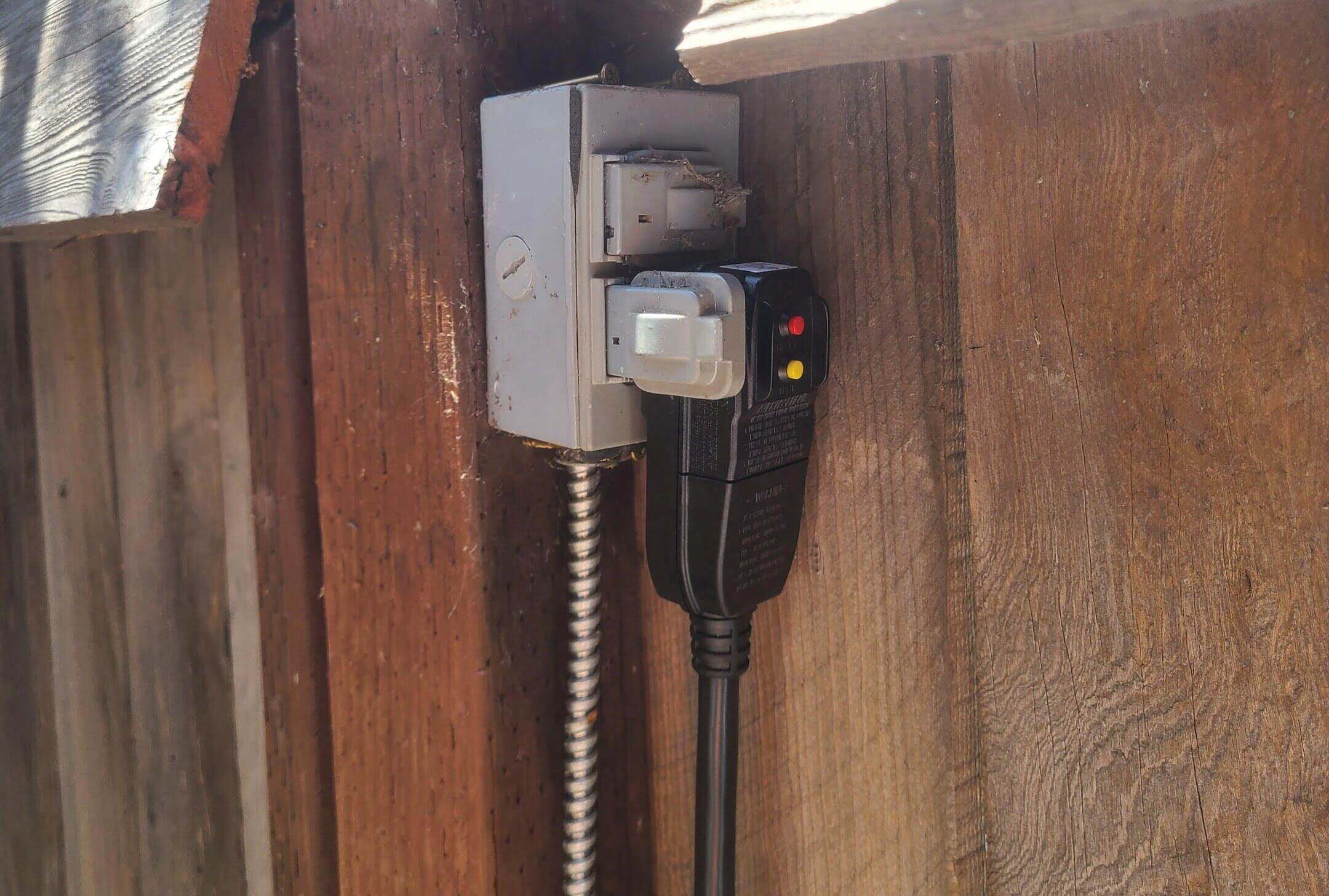
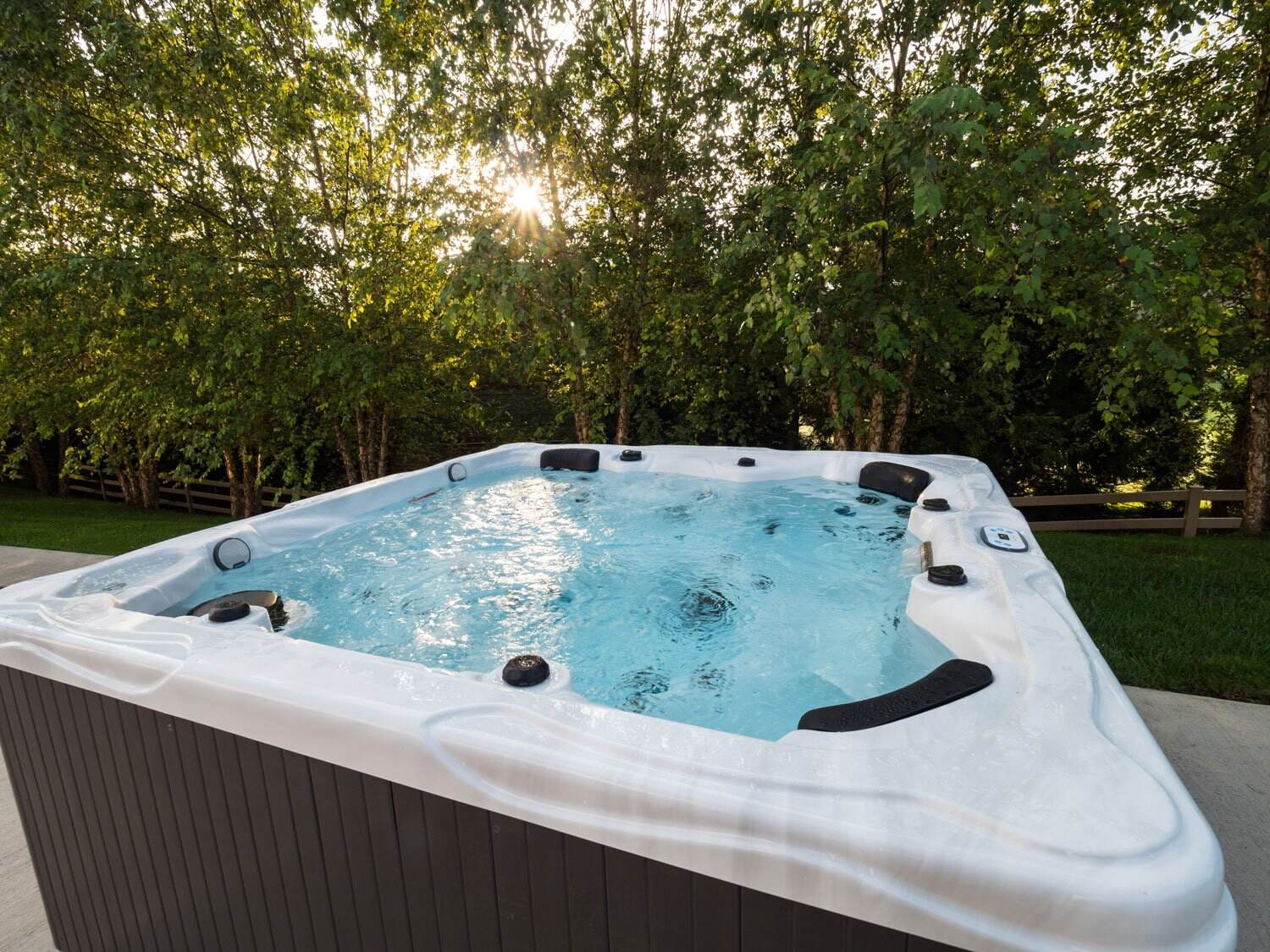
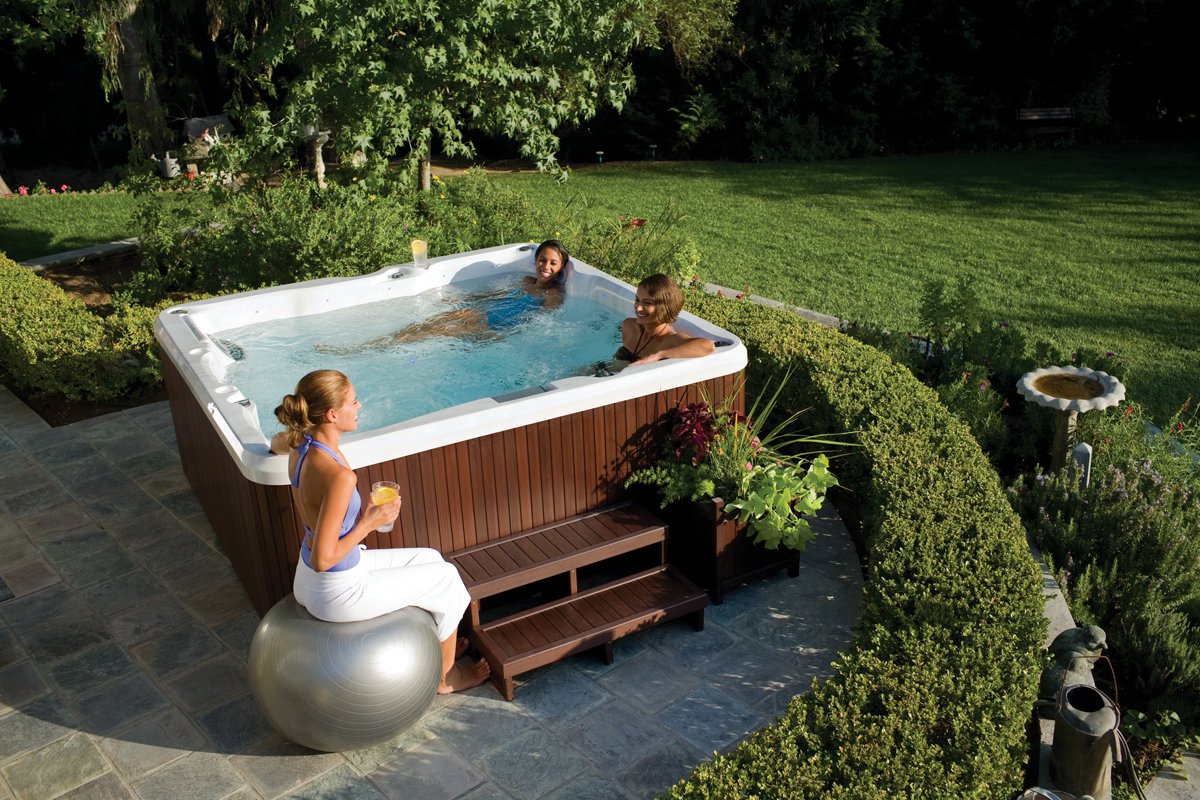
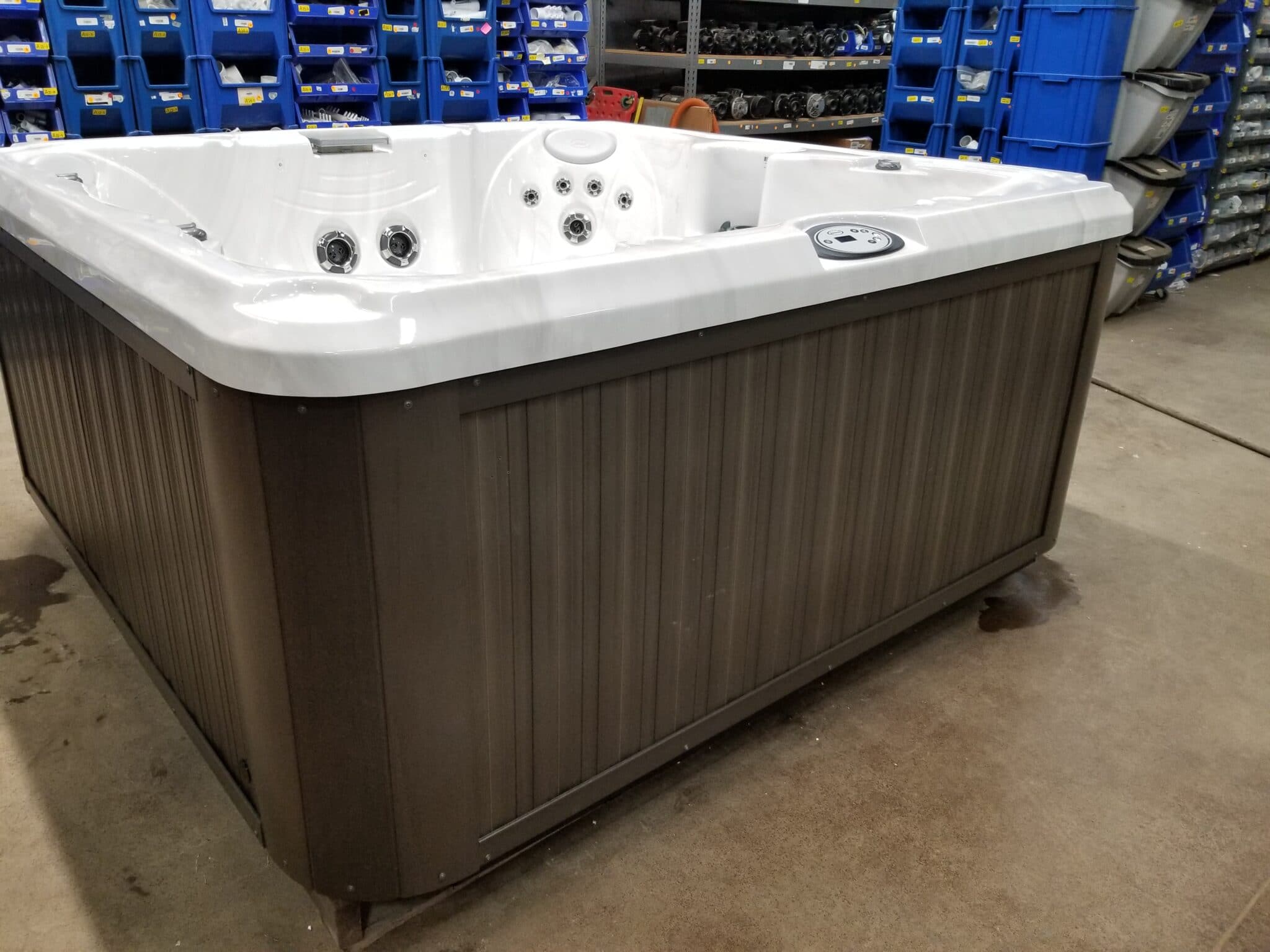

0 thoughts on “What To Use To Lower Alkalinity In Hot Tub”